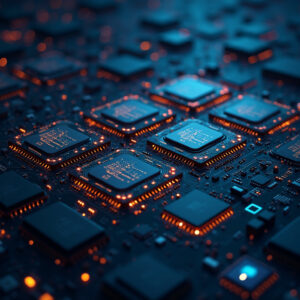$6,000
The Global Market for Ray Tracing Software
The Global Market for Ray Tracing Software market research report by Jon Peddie Research focuses on ray tracing and the market opportunities for ray tracing, where it could best be utilized, why it will be used, and how it can bring value.
Ray tracing is the physically accurate photorealistic representation of objects and is used throughout the concept, design, prototyping (including virtual), manufacturing, and marketing phases of most products, and certainly all consumer products, all animations, new cars, buildings, and fashion.
Contact us now if you would like to receive a sample of the report.
Description
Written for anyone who wants to learn about the ray tracing market, this report discusses the suppliers, the programs, and the technology.
In this extensive report you will find:
- Applications of ray tracing
- Forecasts of the ray tracing market
- A look at the ray tracing hardware, CPUs, GPUs, RT on mobile
- Ray tracing programs and plug-ins
JPR estimates the number of users of 3D rendering software to be 2.1 million based on software usage.
The ray tracing market growth has a CAGR of 5% and should be almost a quarter of a billion dollars in 2023.




